1 of 8
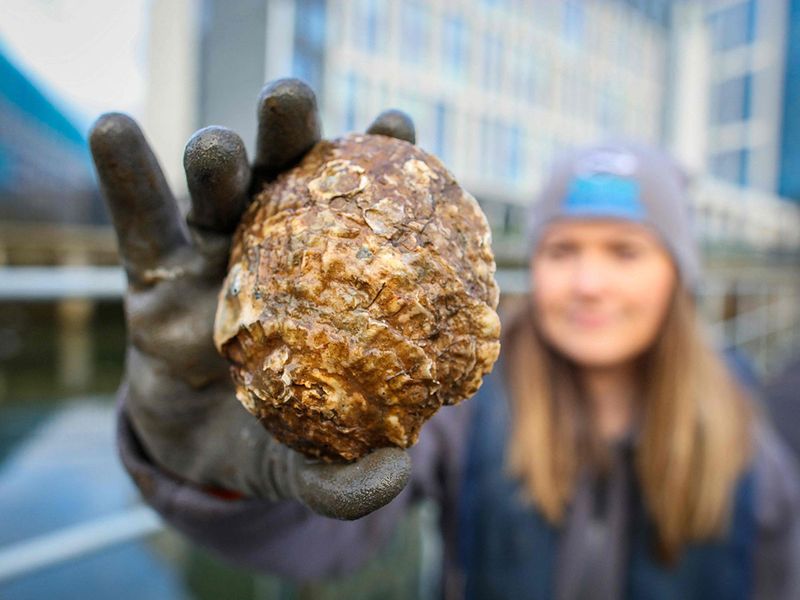
2 of 8
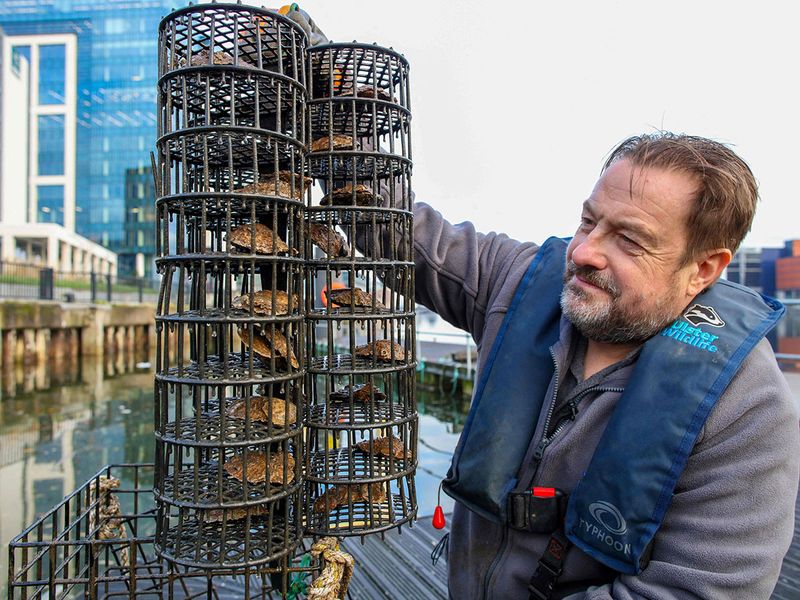
3 of 8
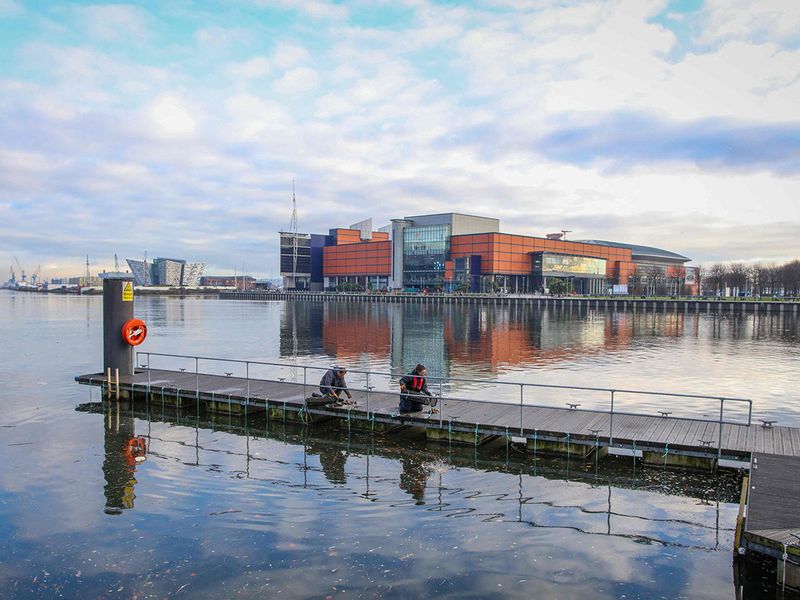
4 of 8

5 of 8
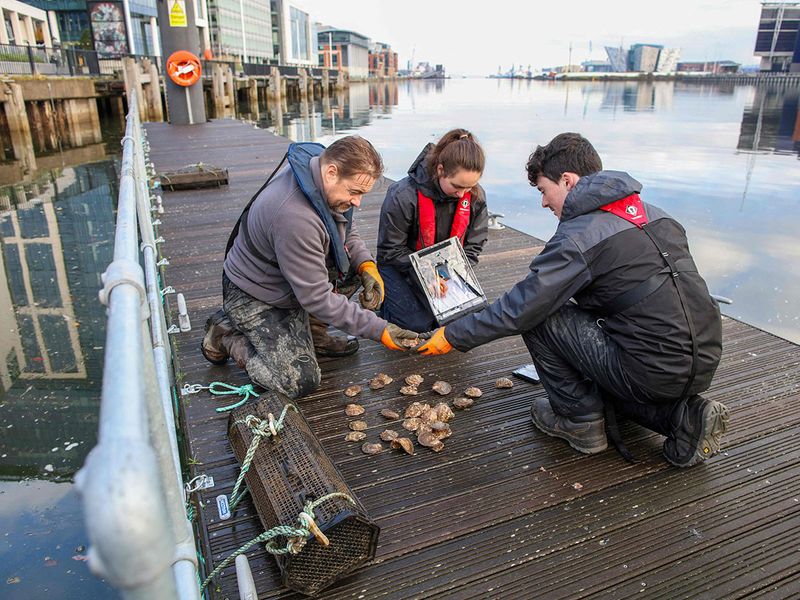
6 of 8
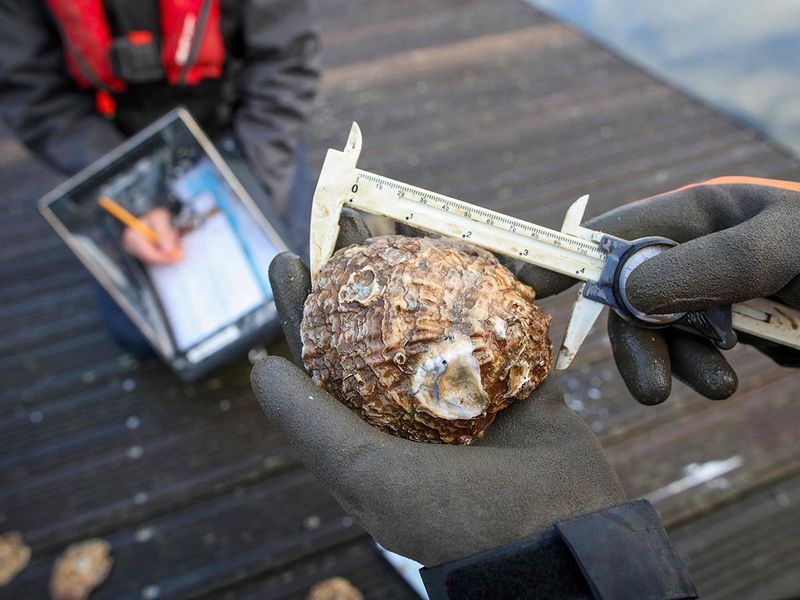
7 of 8
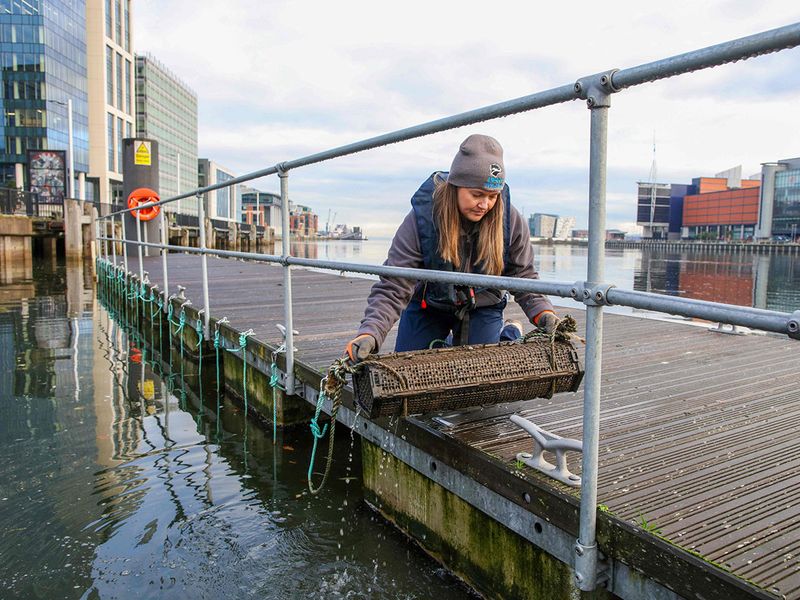
8 of 8
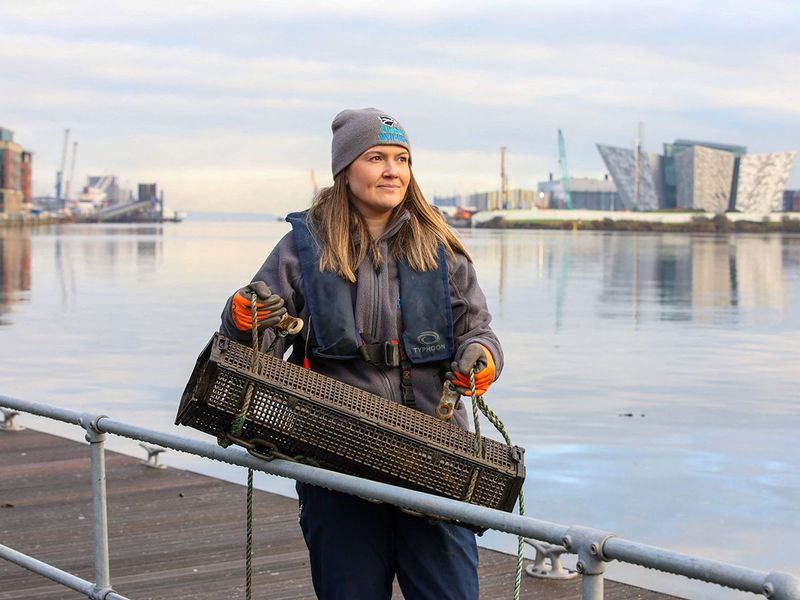
Native oyster reefs are now one of the most threatened habitats in Europe







